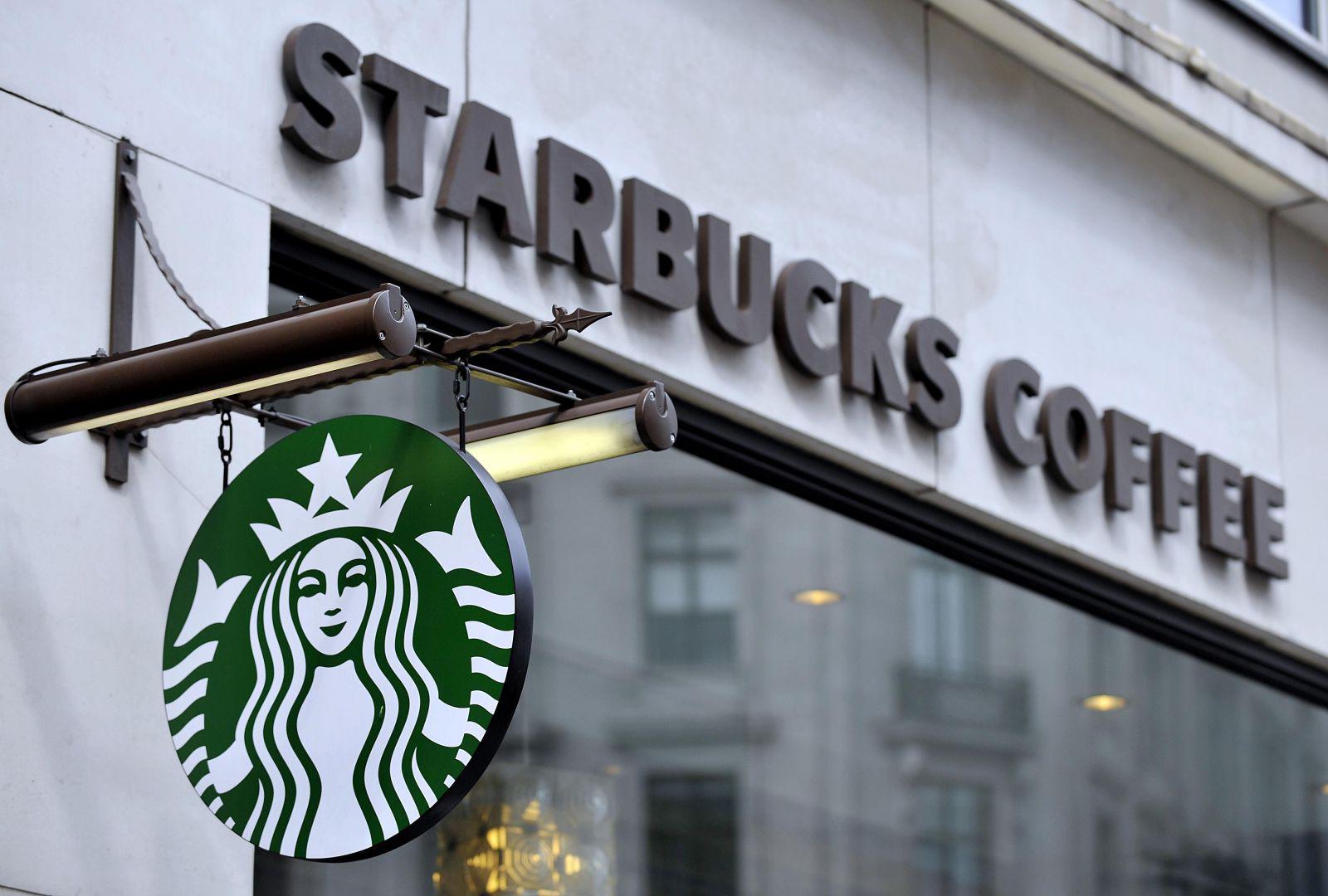
Is Starbucks over? The company is not doing well, but in Italy things are still going well
Starbucks recently released some data showing a decline in sales internationally. The company reported a 7 percent drop compared to last year, resulting in a revenue decrease of about three percentage points – equivalent to $9 billion. In the United States, where Starbucks was born and is most established, sales declined by 6 percent. The revenue for the just-concluded fiscal year was also lower than the company had anticipated. Following this announcement, the company’s stock value dropped by 4 percentage points. The company attributed this downturn to a decline in customer visits to its stores. Starbucks' crisis began with a less noticeable slowdown in the first half of the year, and after six months of regression – with stock value dropping nearly 30 percent overall – the company decided to replace its CEO. The current CEO, Brian Niccol, admitted that to regain ground, it will be necessary to radically change the company’s strategy, simplifying the sales process and the menu – which the management itself considers too complex. “We need to focus on what has always set us apart: a welcoming coffee shop where people gather, and we serve great artisan coffee”, Niccol said, hinting at the “Back to Starbucks” project, which aims to streamline the commercial offer by going back to emphasizing the products that made the brand successful.
Starbucks going from a genuinely nice place to sit and read or hang out to a high octane, clamoring production warehouse for pickup and drive thru orders is one of the hardest hospitality fumbles of all time
— Jesse (@MuskTillDawn) October 27, 2024
The company explained that recent investments have not yielded the expected results: specifically, plans were initiated to offer customers a wider choice of beverages, along with more convenient promotions for those purchasing through the proprietary app. Additionally, the company stated it faced competition from other coffee chains and brands similar to Starbucks. This was particularly evident in China, the company’s second-largest market after the U.S. and one of the countries where it had major expansion plans – sales there declined by nearly 15 percentage points. Recently, there has also been a boycott in Muslim-majority countries against major Western brands, affecting Coca-Cola significantly and, to a lesser extent, other chains like Starbucks itself. More generally, following the pandemic experience, the company has had to contend with reduced consumer spending, especially on non-essential goods.
How Starbucks is Doing in Italy
The strategy of customizing the brand’s offerings based on local specifics – focusing on a wide range of products to attract both locals and tourists – has also been observed in stores in Italy, where it has generally worked well. Starbucks now has over 40 stores in the country, and the Italian market is one the company seems intent on continuing to invest in. The first Starbucks in Italy opened in Milan, in Piazza Cordusio, in September 2018: it was a special store that the brand calls a “roastery”, featuring an in-house roastery, more elegant furnishings, and larger spaces compared to traditional Starbucks. At that time, the brand had only opened similar stores in Shanghai and Seattle, the city where the company was founded. Four years later, the Piazza Cordusio store closed, but in the meantime, dozens of other stores have opened across Italy – the most recent one in mid-October near the Rialto Bridge in Venice.
Starbucks' arrival in Italy was a very important step for the brand, which had to find a way to resonate with an audience deeply tied to coffee culture – mostly due to tradition, not necessarily because coffee here is better: years ago, people were already talking about the poor quality of blends in bars and improper preparation methods. Moreover, in Italy, coffee is not considered a luxury good, unlike in many other countries – and this was precisely Starbucks’ insight: to elevate the beverage with specially crafted drinks, iconic names (“Frappuccino,” “Caramel Macchiato”), and cup designs that became iconic. It’s no coincidence that the company began considering the Italian market only after establishing itself in over 70 countries worldwide, having started its international expansion decades earlier. However, while Starbucks declines in the U.S. and other key markets, this is not the case in Italy, as it effectively taps into the large tourist flows in art cities.















































